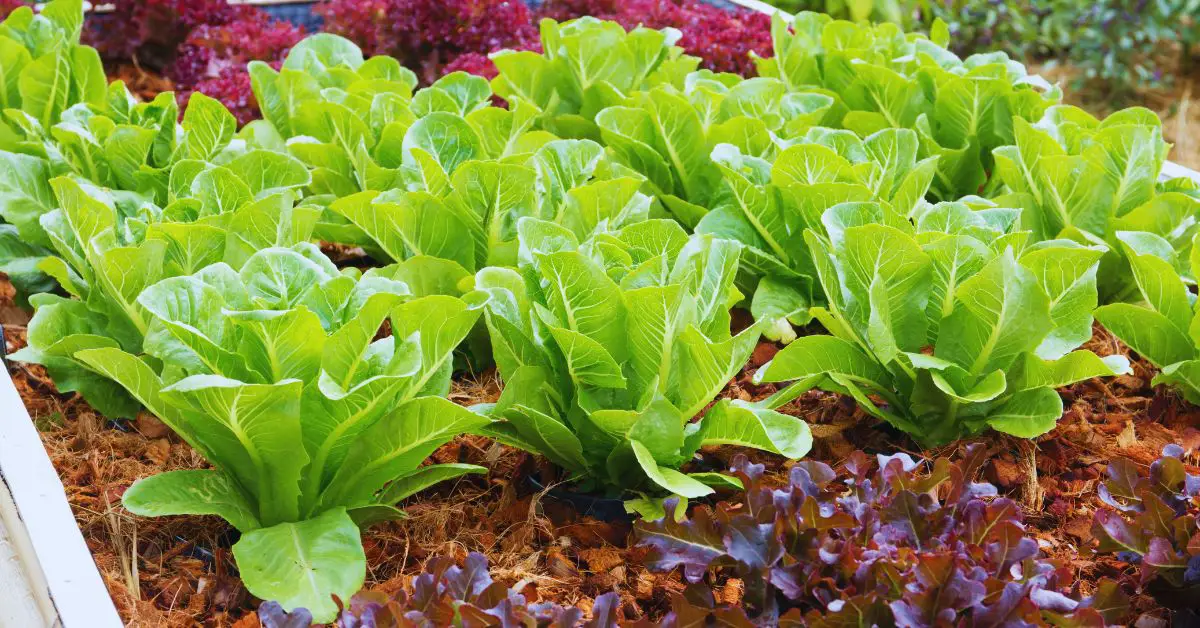Don’t you want a garden that will produce a bountiful harvest of fresh vegetables but also produce them continuously throughout the season?
Follow these tips to have an incredibly productive garden all season long.
What do you see when you think of the perfect garden? You probably imagined your garden producing a continuous and abundant supply of fresh produce over the entire season. Before the season even gets started you think of the wonderful harvests you will get, baskets full of juicy tomatoes, peppers, cucumbers, carrots or different lettuces to harvest month after month. Did the season turn out like you wanted?
It is possible
It is possible, but unfortunately, we tend to work against that very goal! For example, how many times have you planted your garden all at once and then had several crops all ready for harvest at the same time? Strategic planning is incredibly important to a successful garden.
As you become more experienced you will realize that the goal of a continuous harvest can be achieved with a few simple strategies: Managing the planting times all while considering when the crops will be ready. Doing this will result in a harvest that is evenly spread out over the course of the season.
Here are the tips to a productive garden!
1. Do Successive Planting
Think to yourself about the vegetables and herbs you would like to have more frequently in your kitchen, then plan to have a harvest spread out over the season. Do not plant all of them at once instead, do what’s called, succession planting! The concept behind succession planting is to start with a smaller crop and plant more every 2 weeks. That way, there will always be something maturing and becoming ready to harvest all throughout the season instead of being ready at once.
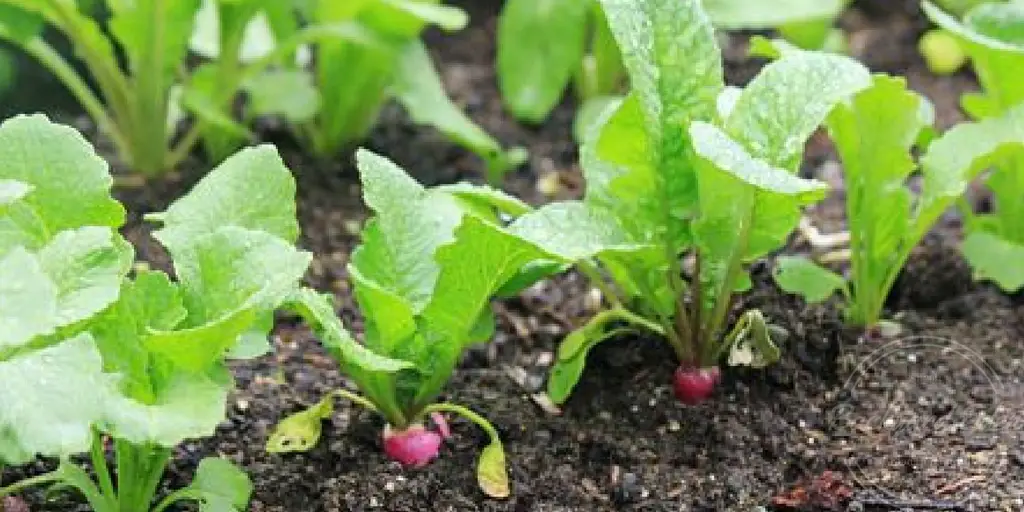
To make this easier, you can keep track of the planting dates in a garden journal or even in a spreadsheet like this one.
2. Plant seedlings as soon as they are ready
Plant your seedlings as soon as they are ready. Seedlings will grow and produce better if you do not allow them to become root bound. Also, some plants do best when planted directly into the ground, while others prefer the method of transplanting, start seeds indoors in early winter to late spring and on time.
Start seeds indoors: Peppers, Tomatoes, Eggplant and herbs.
Sow directly into ground: Beans, cucumbers, squash and carrots. These do better if not disturbed.
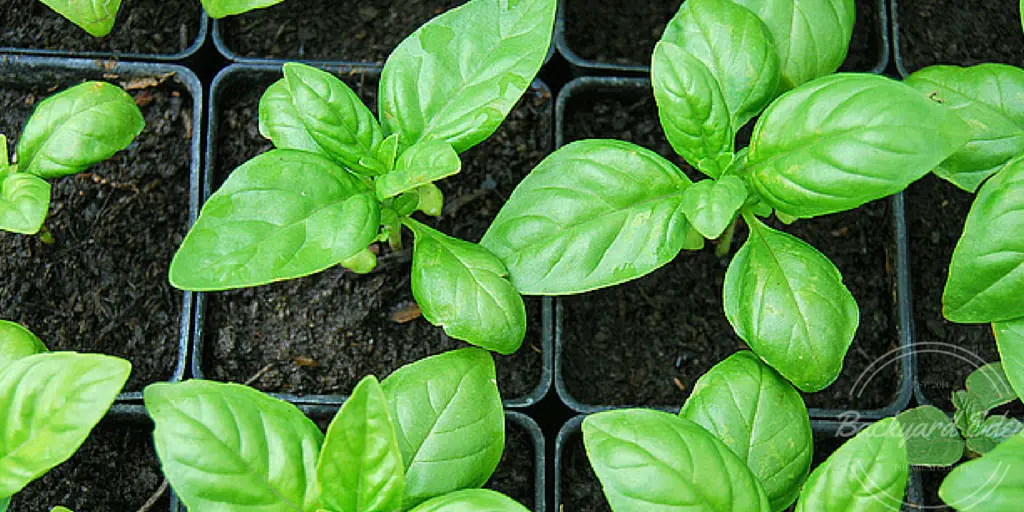
Tomatoes and peppers have a long growing season and benefit from being started early indoors and later transplanted outside as seedlings. Practicing seed starting throughout the season will keep you in seedlings to replace plants that are done producing.
This can also be done for cool weather crops in the fall before the beginning of winter.
3. Grow plants that produce continually
Vegetables can be broken down into basically two groups; one time producers and continual producers. Some examples of one-time producers, like carrots, onions, and corn. Such vegetables grow all season to produce a final crop and then die back once harvested. Others, like tomatoes, peppers, beans, lettuces, spinach and cucumbers etc. keep producing a harvest throughout the season, often until frost kills them in the fall.
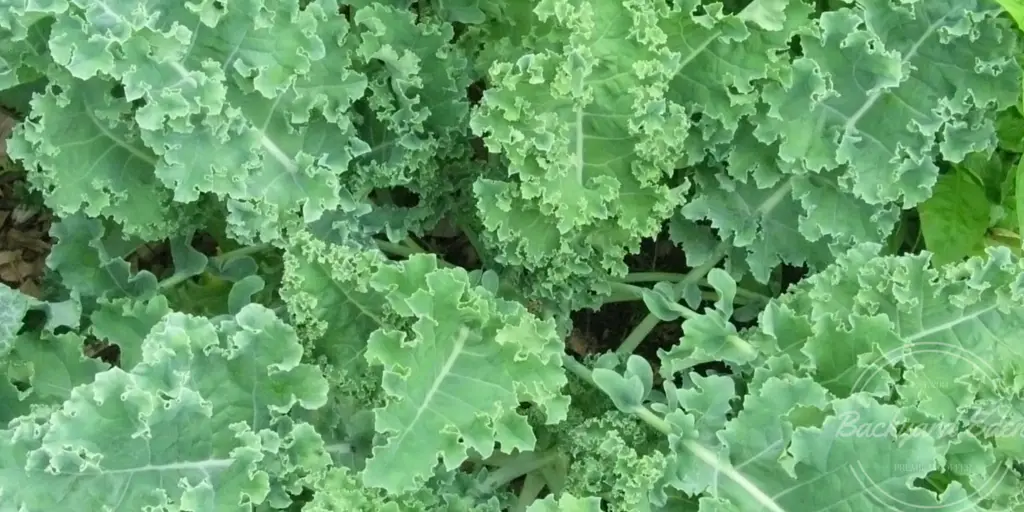
Also Read: How to Zucchini
If you’re limited on space, it’s smart to populate your garden with both continual producers and fast growing one-time producers (like radishes) over slow growing one-time producers like onions.
4. Companion Planting is good
In general, most people practice companion planting to make use of the beneficial relationships between different plants. *Basil is often planted alongside tomatoes because it repels the tomato hornworm and is said to improve the tomatoes’ taste.
Inter-cropping
This can also work to increase the efficiency of your use of garden space as well as time. Radishes and carrots are both small root vegetables, but they mature at vastly different rates. Radishes mature in approximately thirty days, while carrots take a lot longer. The two can be planted together quite closely as the radishes will mature and be harvested long before the carrots get big enough to feel crowded.
Shallow rooted, shade-tolerant plants like lettuces can be planted underneath taller sun lovers like tomatoes to maximize the use of your garden space
5. Plant Perennials
Perennial plants can be a great time saver in the garden once they get established. These plants come back on their own year after year and often require less maintenance than annuals. They are more of a plant-and-forget type of grower. Since they have been established longer than the newly planted annuals, they often produce earlier in the spring or later in the fall. Often filling in the gaps where you may not have much else to harvest.
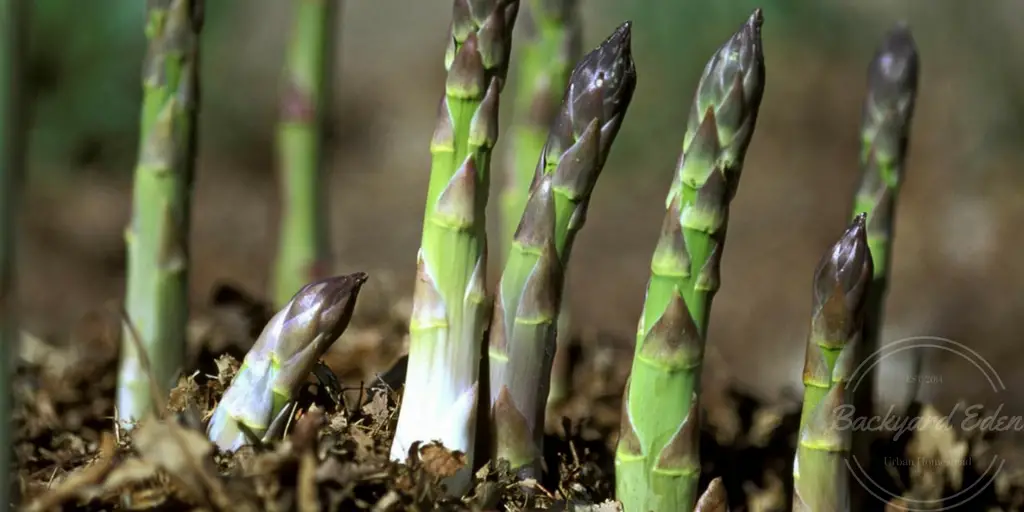
Also Read: Perennials to add
6. Use row covers or low tunnels
Having a shelter for your plants will allow you to extend your growing season considerably, and thus, increase production in your garden. Using row covers or low tunnels will allow you to start growing things earlier in the spring and later in the fall (and potentially through winter). Often times you will be able to get another harvest.
7. Try New Things
Trying new things is one of the most fun and exciting parts of gardening, and there is always something to learn when growing new crops. There is no one absolute way of doing something so think outside of the box. It takes some trial and error to get the hang of growing something new until you get used to it. If you have the space it is a great idea to keep a bed for trying new things. This can provide you with new and exciting things to mix in with your old favorites from the garden.
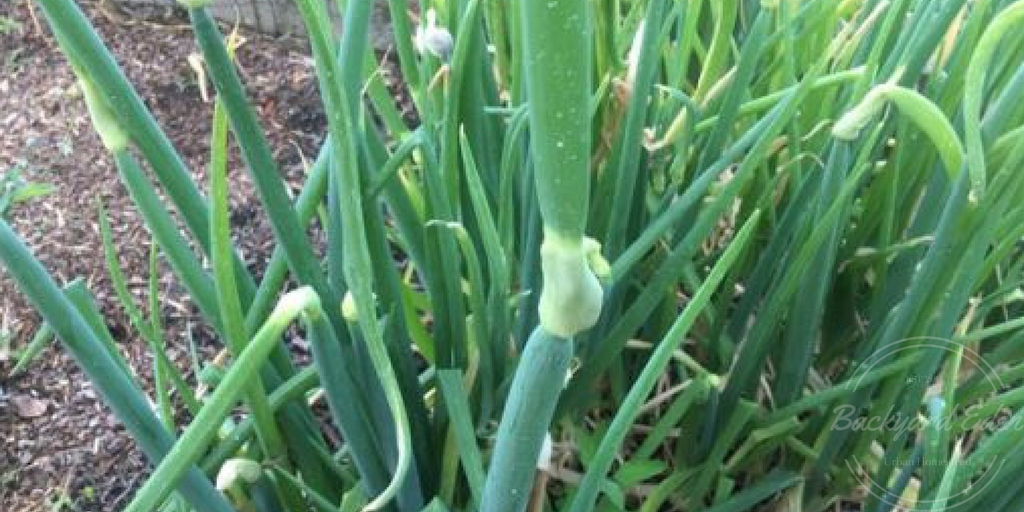
8. Grow vertical
When planning your garden, make sure to use your space effectively. You can use fences, simple trellis ideas and other types of plants to grow things vertically therefore maximizing your space. For example, I use Mammoth Russian Sunflowers which can grow as large as 12’ tall as a living trellis for cucumbers and beans. It works great!
It is easy
Simply take one square foot, plant one sunflower in the middle with 3-4 pole beans or 2 cucumbers around the base. It takes a little training the plants up the sunflower as they grow but it really is that simple.
If you implement these simple but yet effective tips when planning your garden, you will radically increase your harvest.
Also, check out our article on Starting Seeds Indoors or Best Herbs to Grow!
Be sure to Like us on Facebook and Follow us on Instagram and Twitter


